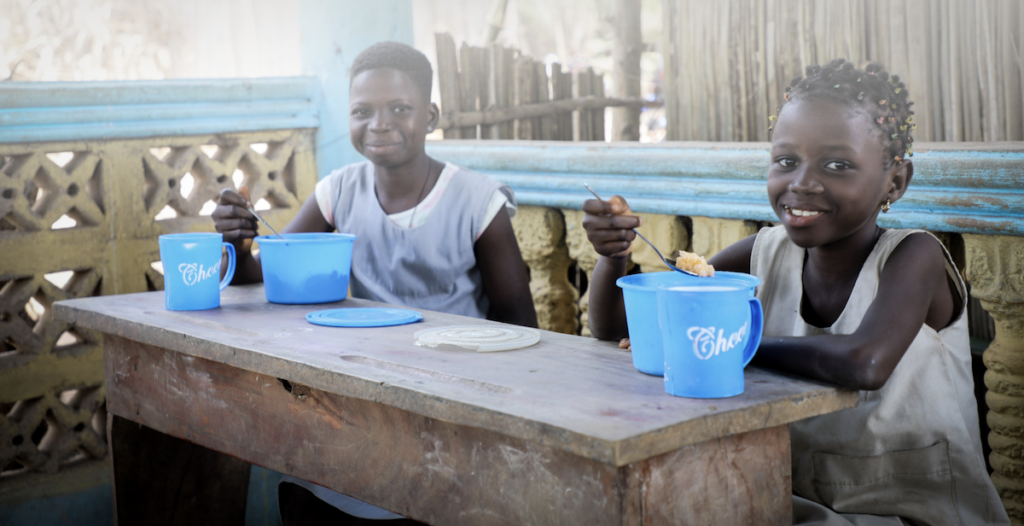In Benin, Ghana and Honduras, the project is expected to directly impact the lives of more than one million school children. The project will also promote local food production, benefiting smallholder farmers and provide school cooks with information on optimal nutrition for children.
School feeding programmes are an important social safety net providing nourishment for children through healthy diets and tackling chronic undernutrition and micronutrient deficiencies. “The expansion of school meals creates new market opportunities for farmers while investing in the cognitive and physical development of vulnerable children – many of whom are the children of farmers,” says Mehrdad Ehsani, Vice President, Food Initiative at The Rockefeller Foundation, Africa Region.
While the programme will not prescribe how supply chains should be organised, it will address the issues of reliable quantity and quality of produce sourced at a competitive price from smallholder farmers. The Rockefeller Foundation notes that school feeding programmes are the world’s most extensive social safety net, valued at US$45 billion annually and benefit over 388 million children globally, 65 million of them in Africa.
According to the World Health Organisation in Africa, while the prevalence of stunting in children decreased from 38.3% in 2000 to 30.3% in 2017, the number of children affected increased from 50.6 million to 58.7 million due to population growth. The number of children younger than 5 years who are overweight increased from 6.6 million in 2000 to 9.7 million in 2017. While Africa has performed well against other regions, it still experiences a malnutrition burden among children

